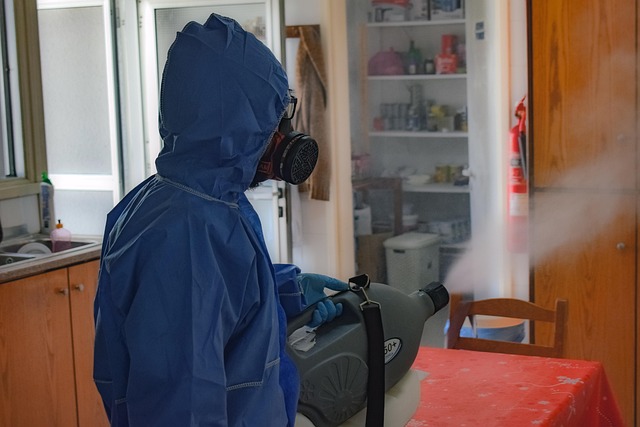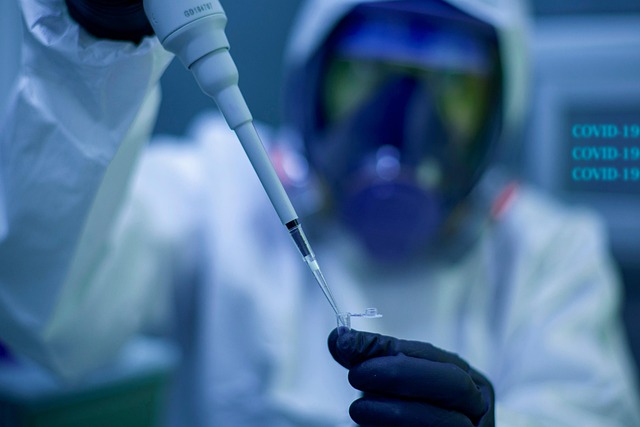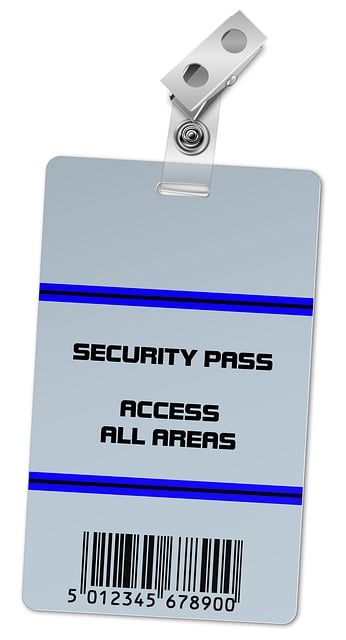Medical license verification is a vital patient safety measure for healthcare institutions, ensuring provider credentials, status, and specialization through cross-referencing with authoritative databases. Automated practices using digital platforms offer real-time updates on licensing, disciplinary actions, and expiration dates, integrated with EHR systems to minimize errors and enhance HIPAA compliance. This robust protocol reduces malpractice risks, informs staffing decisions, and ultimately bolsters trust in patient well-being.
In the dynamic field of healthcare, minimizing liability is paramount. A critical yet often overlooked aspect is robust medical license verification through background checks. This article delves into the significance of this process in mitigating professional risks and ensuring patient safety. We explore how thorough background screenings can prevent malpractice by identifying potential issues early on. Additionally, we provide insights on implementing efficient practices for seamless and secure medical license verification.
- Understanding the Importance of Medical License Verification in Healthcare
- The Role of Background Checks in Reducing Professional Risk
- Implementing Effective Practices for Seamless and Secure Medical License Verification
Understanding the Importance of Medical License Verification in Healthcare

In the healthcare industry, where patient safety is paramount, ensuring the legitimacy and validity of medical licenses is an indispensable step in reducing liability. Medical license verification serves as a critical checkpoint to ensure that every healthcare provider, from physicians to nurses, possesses the appropriate credentials, thereby upholding professional standards and mitigating potential risks. This process involves cross-referencing the licensed practitioner’s information with authoritative databases to confirm their qualifications, current status, and specialization.
By implementing robust medical license verification protocols, healthcare institutions can significantly minimize the chances of malpractice, negligence, or fraud. It enables them to create a comprehensive picture of each provider’s expertise, allowing for informed decisions regarding staff composition, patient assignments, and specialized care requirements. Ultimately, this due diligence contributes to enhancing overall quality assurance measures within healthcare delivery systems.
The Role of Background Checks in Reducing Professional Risk

Background checks play a pivotal role in reducing liability and professional risk within the healthcare sector. These thorough screenings are an essential tool to ensure that medical professionals, from doctors to nurses and administrators, possess the appropriate qualifications and have not been involved in any misconduct or malpractice in the past. By verifying medical licenses and checking for any disciplinary actions or legal issues, organizations can mitigate potential risks associated with hiring.
Implementing robust background check procedures acts as a protective measure for both patients and healthcare providers. It helps maintain high standards of care by weeding out individuals who may pose a threat due to their history or current practices. This process is particularly crucial in gaining trust among patients, assuring them that their well-being is prioritized and that the healthcare staff have undergone rigorous scrutiny.
Implementing Effective Practices for Seamless and Secure Medical License Verification

Implementing effective practices for seamless and secure medical license verification is paramount in reducing liability in healthcare. Automating the process ensures accuracy, saving time and resources while minimizing errors that could lead to legal consequences. Digital platforms offer real-time updates on licensing status, expiration dates, and any disciplinary actions, providing a comprehensive view of a provider’s credentials.
These systems integrate with existing electronic health records (EHR) for effortless data transfer, eliminating manual data entry and reducing the chance of human error. Additionally, secure communication channels ensure confidential handling of sensitive information, adhering to privacy regulations like HIPAA. Regular audits and continuous monitoring further strengthen the verification process, fostering a culture of accountability and enhancing patient safety.














